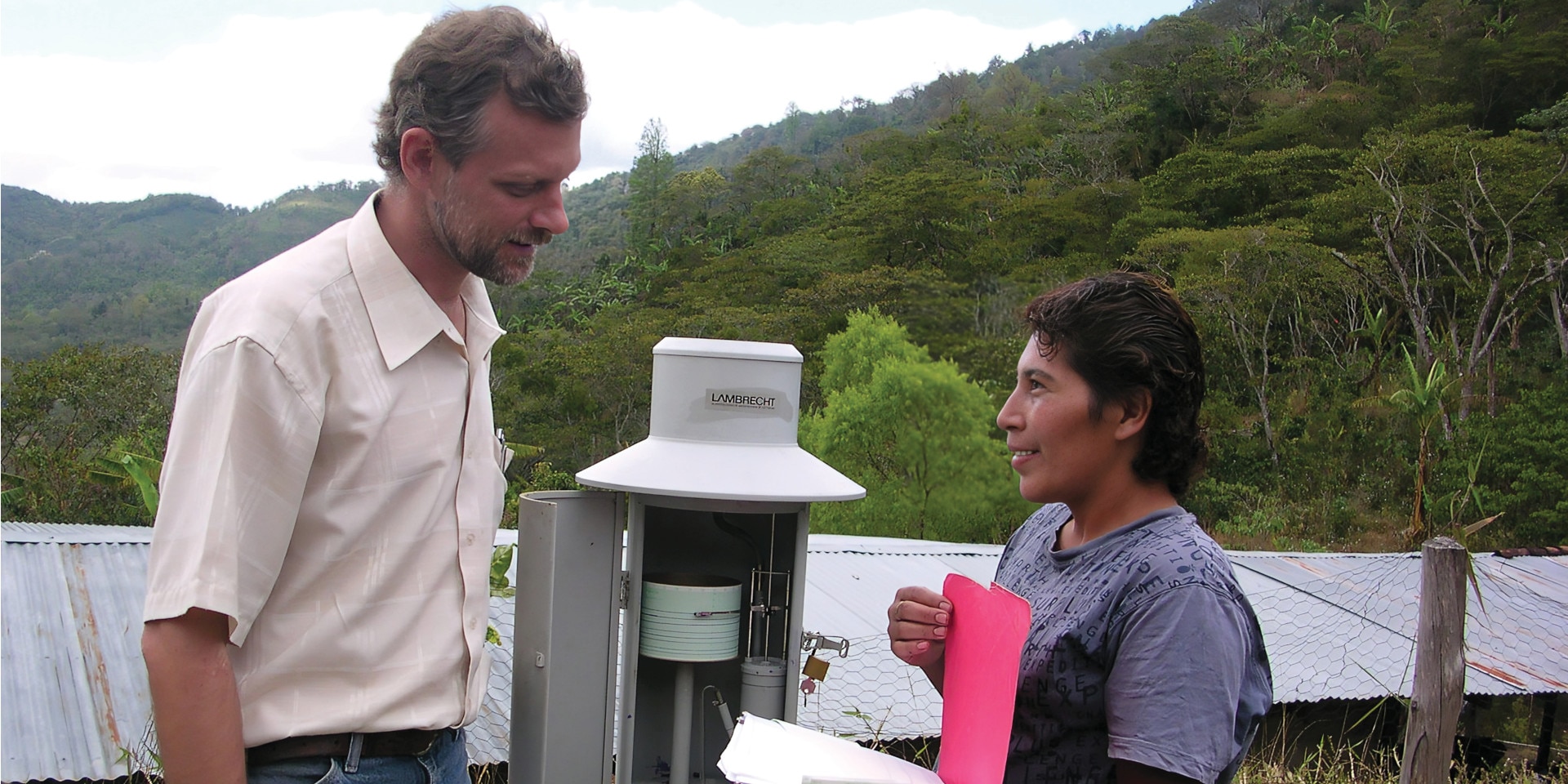Honduras
Insights into cooperation with Honduras. © SDC
Area: 112,490 km2, Population: 10.4 million
GDP per capita: USD 3,042 (PPP: USD 6,741)
Priority country since 1978; part of core Central America region since 1993
At the end of the 1970s, Swiss development cooperation began to focus on the poorest countries in Latin America, including in particular Honduras. In 1981, the SDC opened a cooperation office from where it ran activities aimed at improving over the long term the situation of particularly disadvantaged population groups such as indigenous people and Afro-Hondurans. Its agriculture projects began by promoting better production for self-sufficiency and went on to focus on transitioning to a sustainable, market-oriented economy. This was followed by efforts to make trade (micro-, small and medium-sized enterprises) more competitive, set up value chains for agricultural and other products, and develop vocational training. Water supply, wastewater disposal, and hygiene and sanitation were consistently addressed in SDC projects, which also served as a platform for effective local community organisation.
Cross-border approach
In 1993, SDC activities in Honduras, Nicaragua and El Salvador were brought under one regional programme to tackle common problems across these countries. In 1999, the first of two joint SDC/SECO multi-year strategies including economic and trade policy measures was launched. After the devastation wrought by Hurricane Mitch in 1998, Switzerland provided extensive emergency and reconstruction aid. Since the 2010s, Switzerland has also been committed to strengthening increasingly fragile state structures, such as providing police training on human rights and improving criminal prosecution as a response to growing security problems. Environmental issues and their potential for conflict have also become more significant in the last ten years. The SDC's current main focus is on the Honduran Mosquitia region in the east and the Gulf of Fonseca on the Pacific coast.

